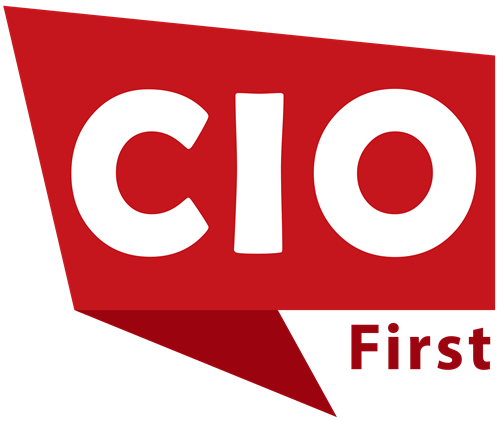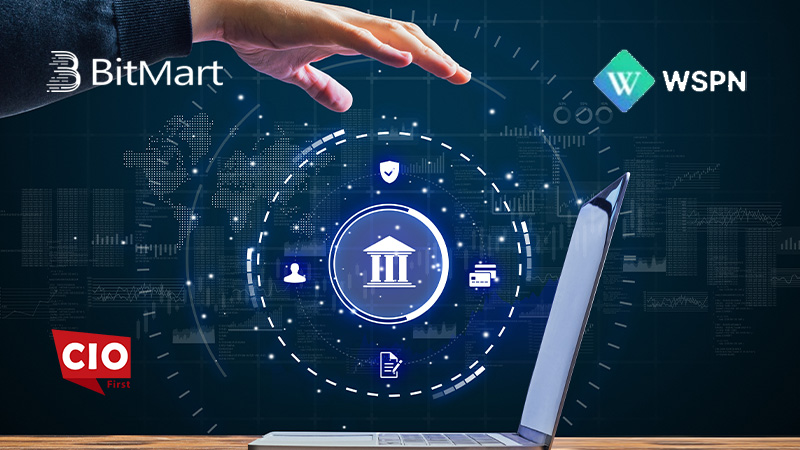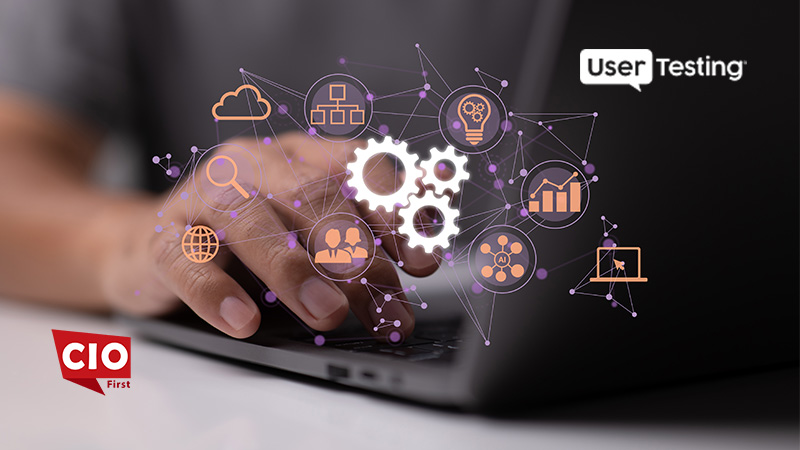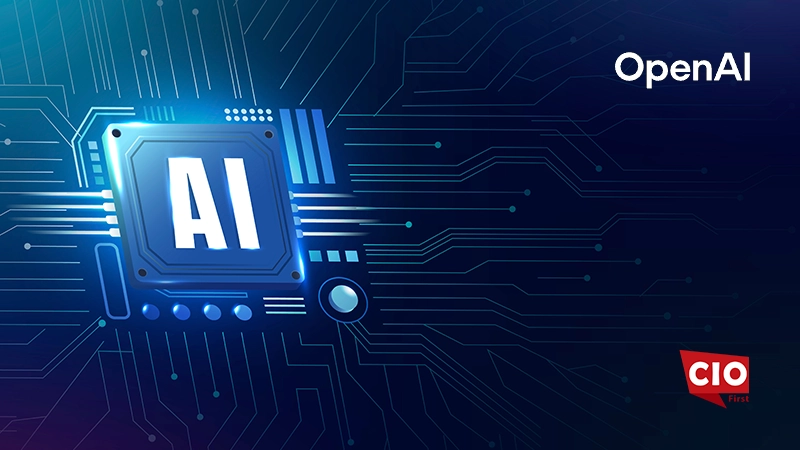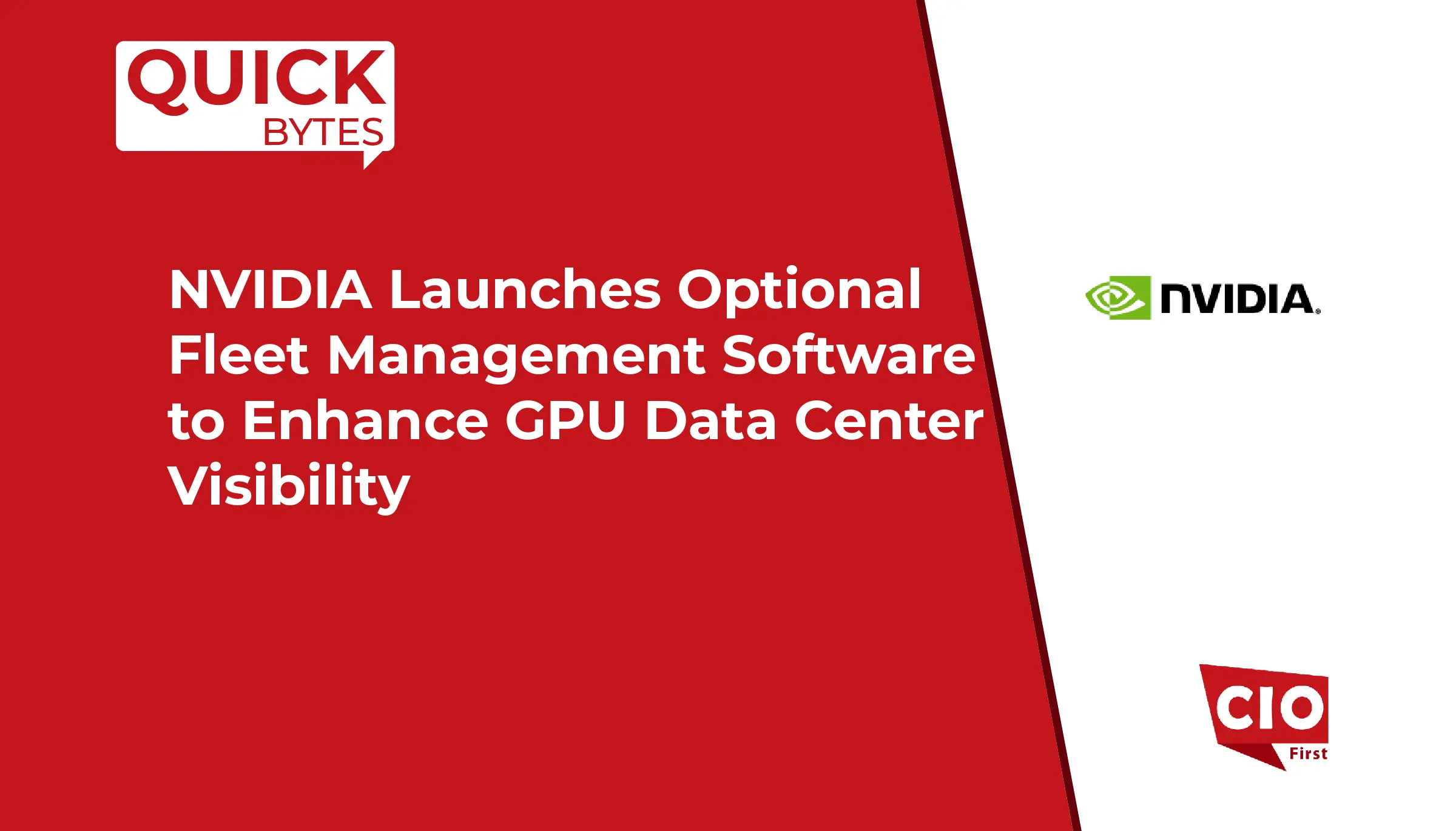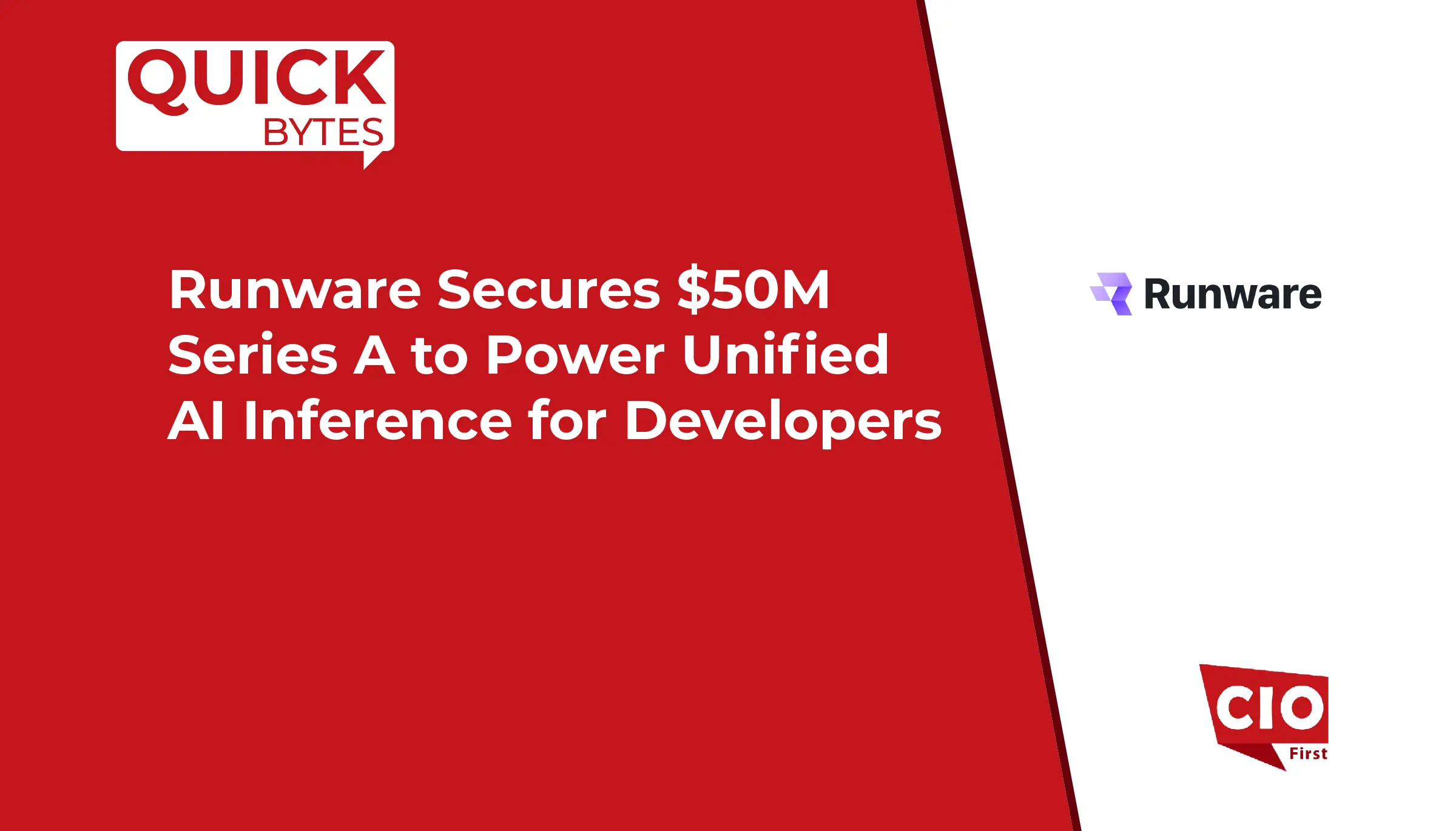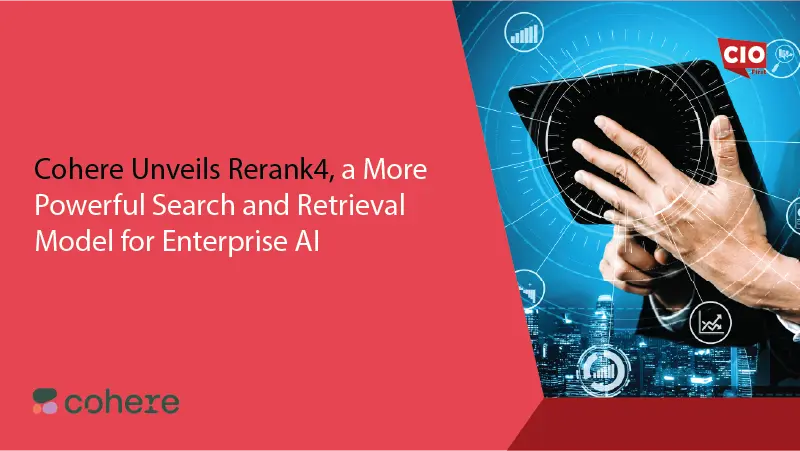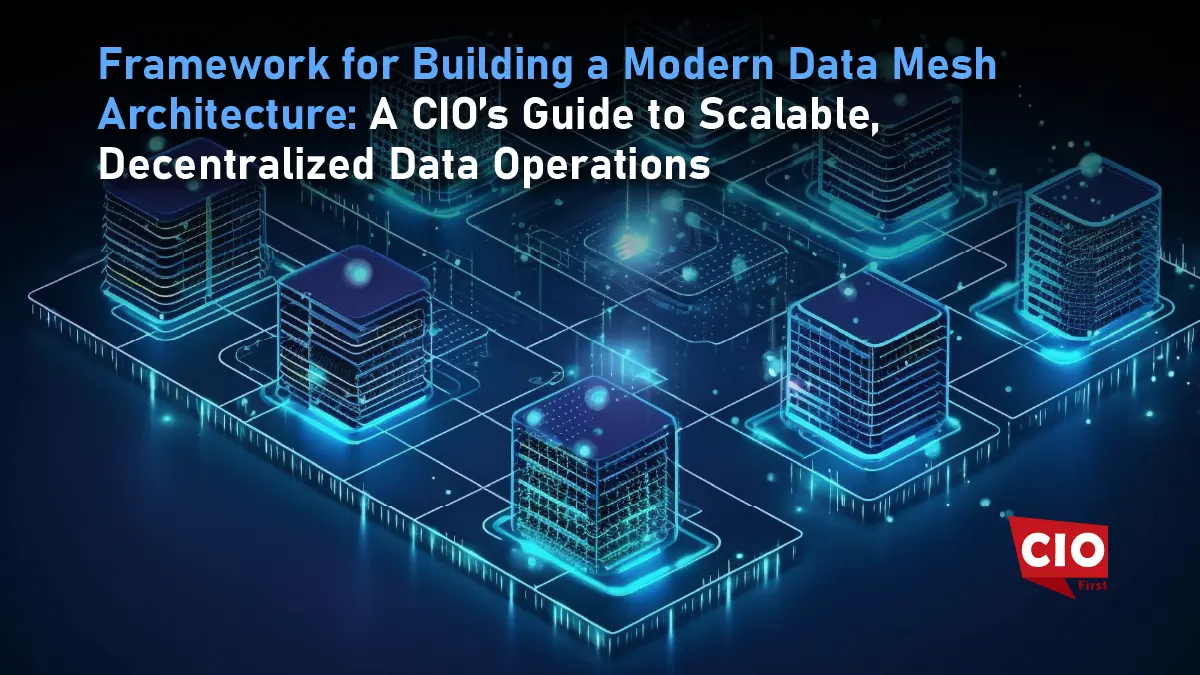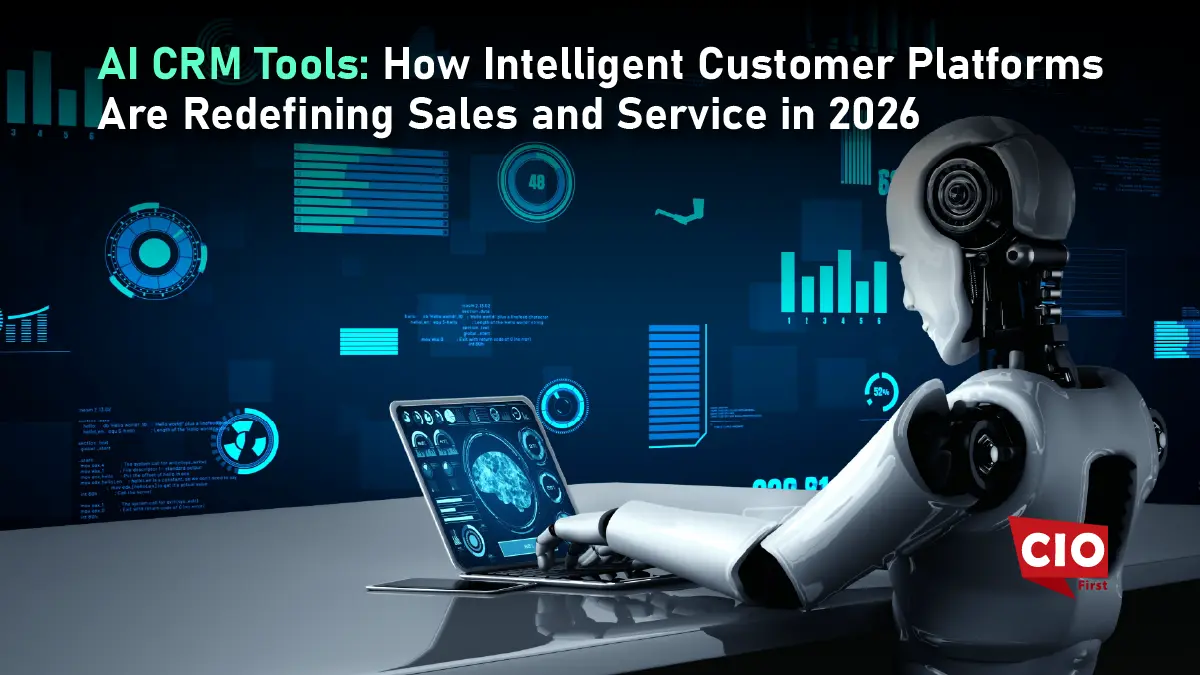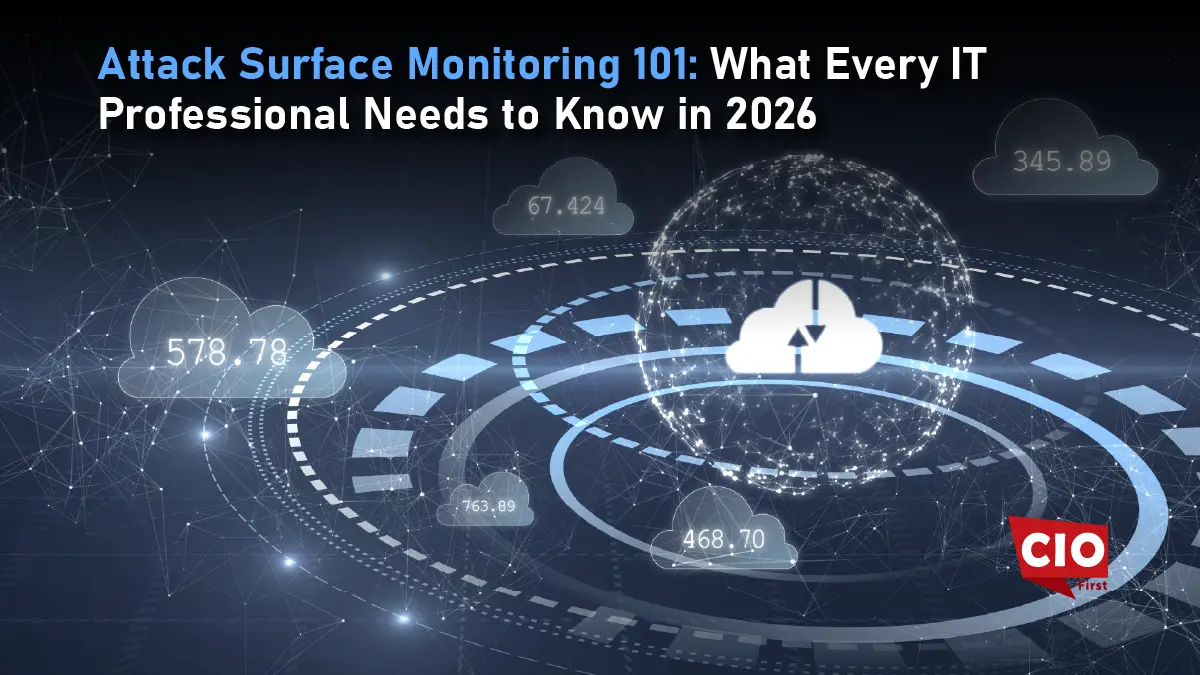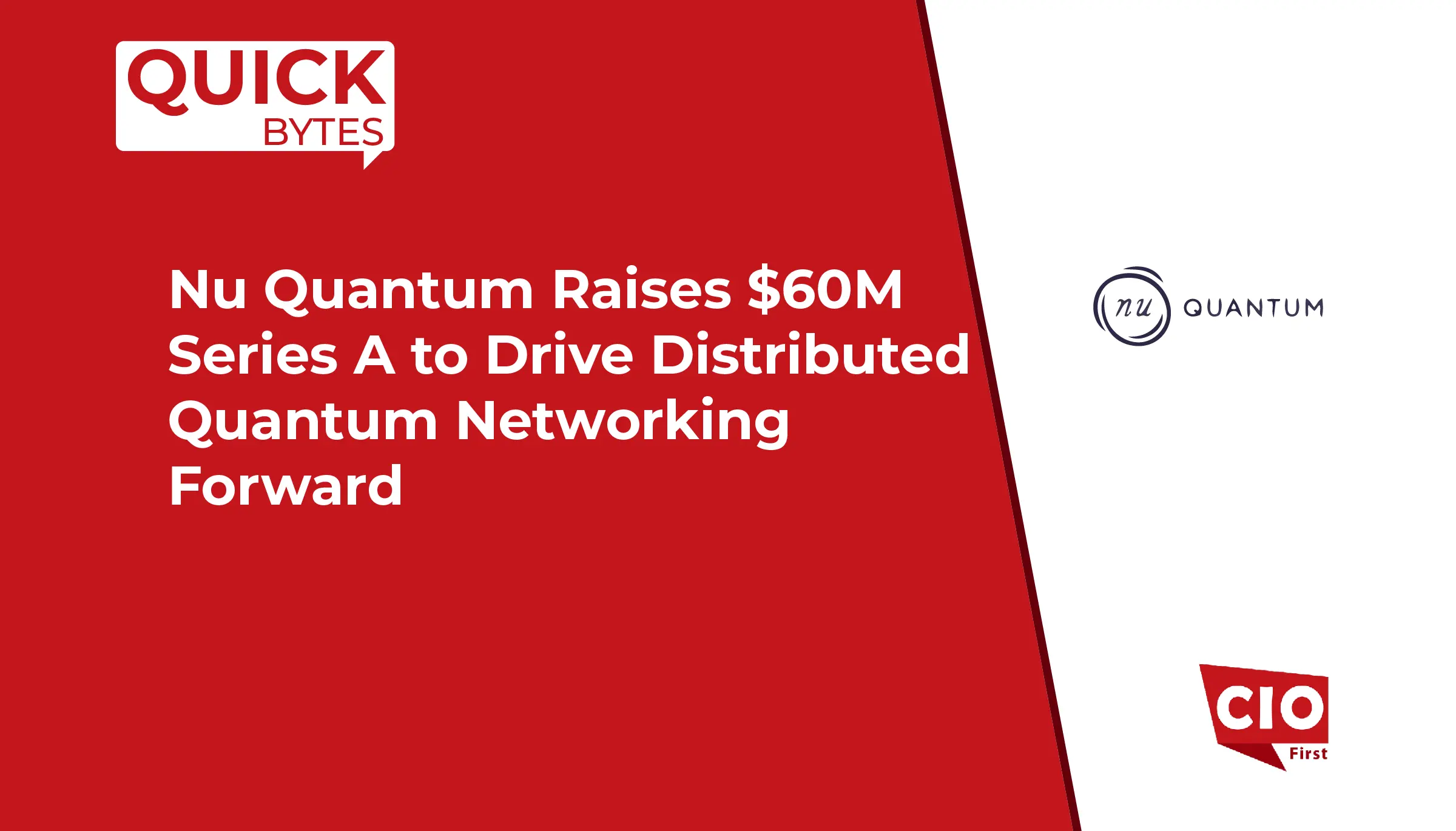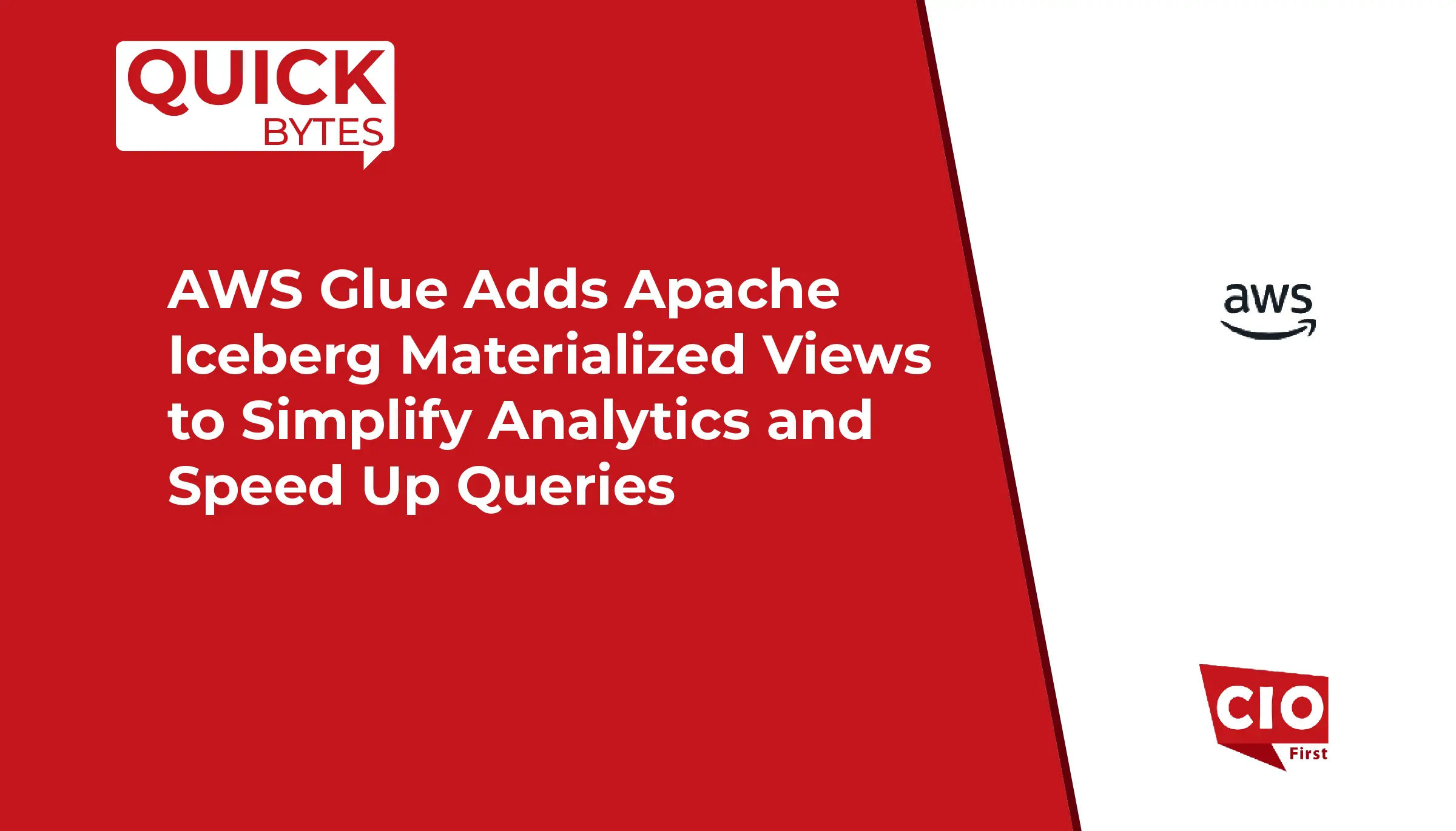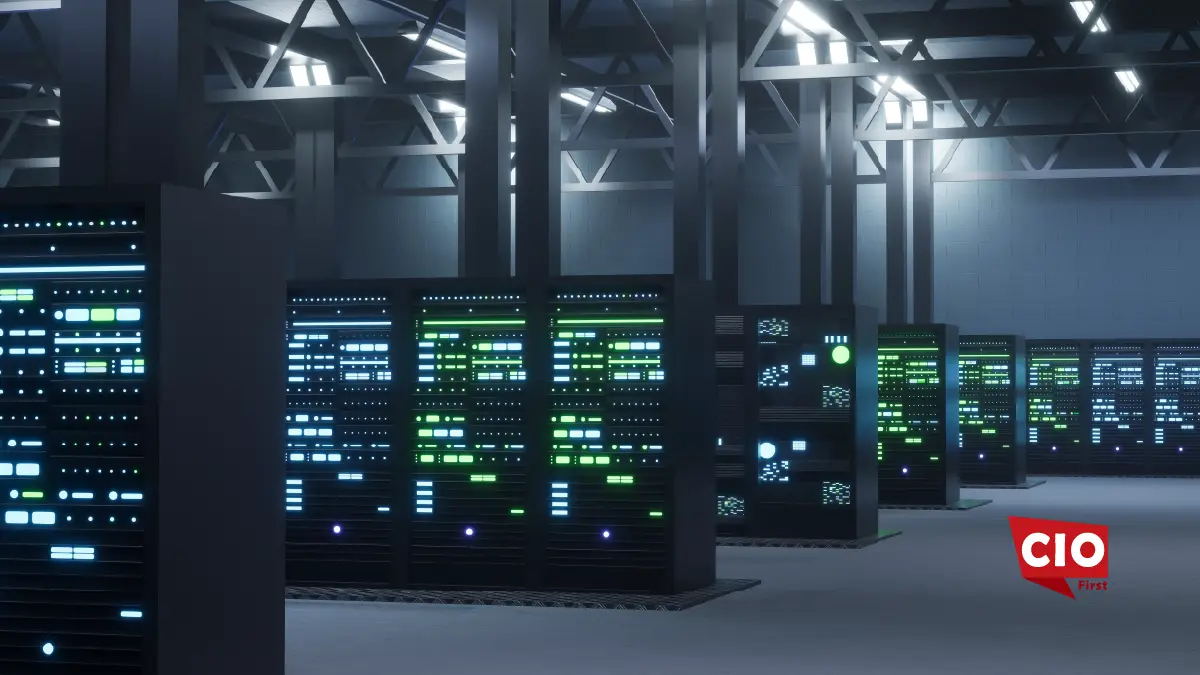For decades, mainframes have supported global businesses by managing crucial transactions reliably. Digital transformation is speeding up, but legacy systems can hold us back. For CIOs and technology leaders, the question isn’t whether to modernize; it’s when. The cost of delay isn’t just inefficiency; it’s irrelevance.
Key signs that your organization’s mainframe needs an upgrade include:
- Outdated hardware or software
- Frequent system crashes
- Slow performance
- Difficulty integrating new technologies
To help with this important change, consider these tips:
- Assess your current system
- Plan for downtime
- Train your staff on the new system
- Choose the right upgrade path
Escalating Operational Costs Signal the Need for Change
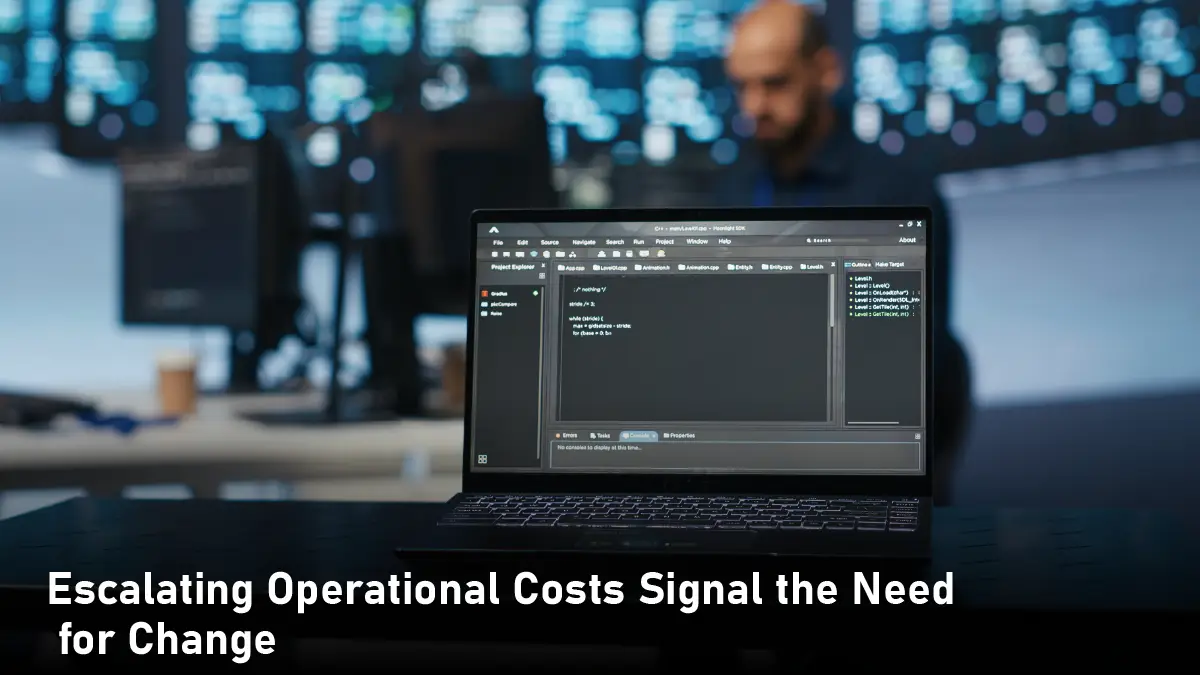
Mainframes were designed for stability, not agility. Aging systems are good at handling many transactions. However, they need too many resources to keep running. If your IT budget mostly covers routine maintenance, licensing fees, or special labor, that’s a red flag. A multinational bank discovered that 40% of its annual IT budget was spent on fixing old code. It also focused on retaining COBOL developers nearing retirement. Many organizations face this financial drain. This leaves little room for innovation. Modernization can shift this equation. Cloud-native platforms and automated tools lower the need for niche skills. Scalable infrastructure helps match costs with real usage. A global insurance firm moved its claims processing system to a hybrid cloud. This cut operational costs by 35% in 18 months. The savings went to AI-driven fraud detection tools. The lesson is simple: hanging onto old systems costs a lot. It also holds you back from investing in the future.
Incompatibility With Modern Innovation Stifles Growth
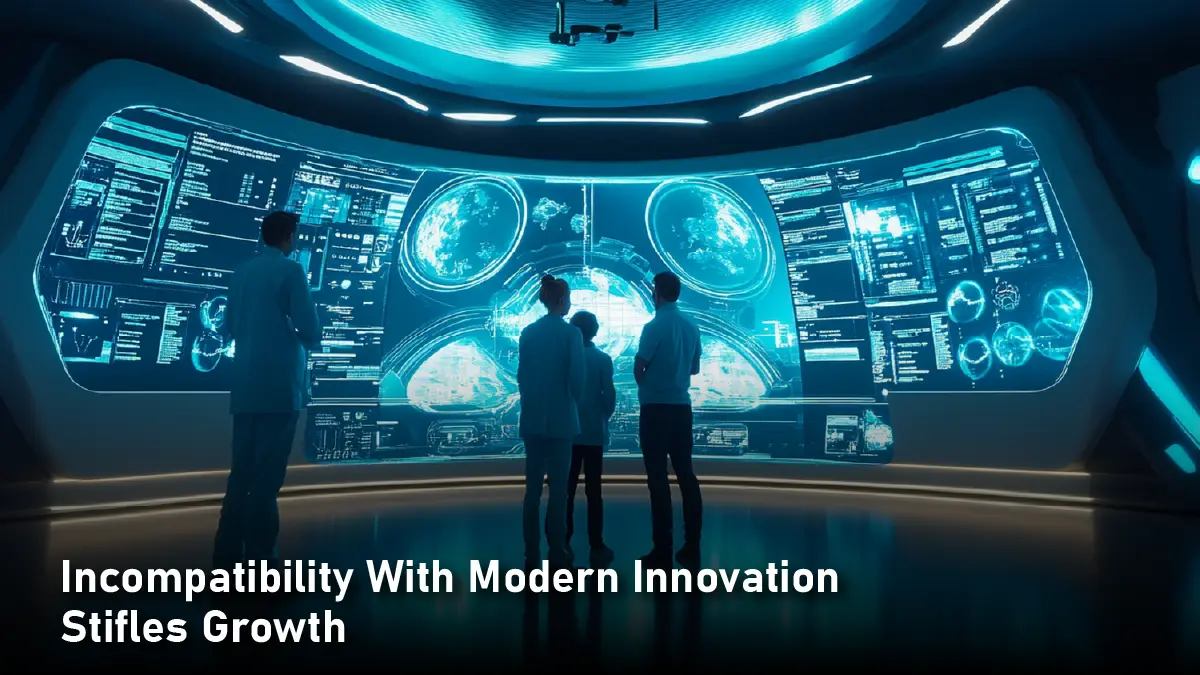
The rise of AI, real-time analytics, and IoT demands seamless integration between systems. Legacy mainframes often work in silos. They struggle to connect with cloud platforms or DevOps pipelines. A retailer wants to launch a personalized shopping app. But if customer data is stuck in big databases, the project will fail. Companies that don’t close this gap might lose market share to competitors with hybrid architectures. APIs, containerization, and microservices can unlock legacy data. They act like bridges to modern applications. This way, you don’t have to throw away years of investment. A logistics company upgraded its old inventory management system with containers. The firm wrapped mainframe applications in lightweight containers. This allowed real-time tracking with third-party vendors. As a result, shipment delays dropped by 22%. The message is unambiguous: interoperability isn’t optional in an ecosystem-driven economy.
Talent Shortages Threaten Business Continuity
The workforce capable of maintaining legacy systems is shrinking rapidly. COBOL programmers are rare now. More than 60% are over 55 years old. Also, fewer than 5% of computer science graduates learn COBOL. Last year, a big healthcare provider had a serious system outage. It took six months to find a contractor who could fix its 40-year-old code. Due to this scarcity, niche mainframe consultants now charge between US$ 100 and US$ 250 per hour. Expertise is scarce, so costs are rising. Modernization isn’t just about technology; it’s about future-proofing your talent strategy. Switching to languages like Java or Python gives you access to more developers. It also fits with new tools like low-code platforms. A financial services firm moved its core banking system to a Java-based setup. This change reduced the need for legacy specialists. It also cut onboarding time for new engineers by half. Smart organizations team up with universities to build co-op programs. This way, they create a steady flow of talent skilled in modern tech stacks.
Also Read: Unlock the Future of Cloud Innovation at Google Cloud Next 2025
Security Vulnerabilities Expose the Organization to Risk
Cybersecurity threats change every day. Many old systems still use outdated encryption or do not have real-time monitoring. For example, finance and healthcare face hefty fines for breaking data protection rules. A European bank was fined €3.7 million in 2022. Auditors discovered that the mainframe lacked the necessary GDPR encryption for customer data. Modernization lets businesses build strong security frameworks. These include zero-trust architectures and AI-driven threat detection for their core systems. This keeps them compliant and resilient. A North American utility company exemplifies this approach. After updating its grid management system, it added automated patch management. It also included behavior analytics. This change cut vulnerability response times from weeks to hours. The 2023 IBM Cost of a Data Breach Report found that the global average cost of a data breach reached $4.45 million, a 15% increase over the last three years.
Slow Response Times Erode Customer Trust
Today’s users expect instant interactions. Mainframe-dependent processes can cause delays. For example, payment processing or inventory updates may slow down. When this happens, customer satisfaction drops significantly. A European airline faced a tough lesson. Its booking system crashed during peak travel season. This left thousands of passengers stranded. Further analysis showed that the 30-year-old mainframe couldn’t manage multiple user requests. This caused a 40% increase in customer complaints. The company moved its transactional tasks to a cloud-based mainframe hybrid. This cut response times by 70% and helped win back customer loyalty. Speed isn’t a luxury; it’s a competitive differentiator. In retail, Amazon’s one-click checkout leads the way. It teaches shoppers to leave their carts if they take longer than three seconds to load. Enterprises clinging to sluggish mainframes risk not just frustration, but irreversible brand erosion.
Scaling Becomes a Bottleneck, Not a Strategy
Legacy systems often lack the elasticity to handle fluctuating demands. A sudden rise in e-commerce traffic can strain rigid systems. This may cause downtime. During the pandemic, a logistics giant faced challenges with its order management system. This struggle led to US$12 Mn in lost revenue in just three months. Modernization allows for easy scaling with cloud integration. This way, resources can grow or shrink based on what the business needs. For example, a streaming platform moved its billing system to the cloud. During a viral sports event, the system automatically scaled up. It handled 1.2 million transactions per minute. This was impossible on its old mainframe. In e-commerce, traffic can change by 300% during holidays. So, elasticity isn’t just important; it’s essential.
Innovation Paralysis Sets In
When IT teams spend 80% of their time ‘keeping the lights on,’ innovation stalls. Legacy mainframes often can’t handle rapid prototyping or iterative development. This makes it hard for organizations to keep up with disruptors. A telecom provider solved this issue by dividing its billing system into modules. Engineers launched a blockchain-based loyalty program in weeks instead of years. They were free from technical debt. Modernization transforms IT from a cost center to a catalyst for reinvention. Contrast this with a traditional retailer that postponed modernization for a decade. Competitors grabbed 60% of the market share before it used omnichannel sales tools, according to IDC research. The takeaway? Innovation delayed is innovation denied.
The Hidden Cost of Environmental Inefficiency
Beyond financial and operational drawbacks, legacy mainframes often carry a hidden environmental toll. Older systems consume significantly more energy than modern, optimized architectures. For industries facing ESG scrutiny, this is more than a technical issue. It’s a risk to their reputation. A manufacturing group updated its supply chain system. This change cut energy use by 40% and sped up processing. Sustainability and efficiency are now two sides of the same coin.
Navigating the Path Forward
Recognizing these signs is the first step; acting on them requires strategy. Begin by checking your mainframe system. Look for issues like performance metrics, integration gaps, and compliance risks. Work with experts who focus on gradual modernization. This helps you steer clear of the problems linked to “lift-and-shift” methods. Test hybrid models that mix legacy stability with cloud flexibility. Focus on training teams to handle new systems. A healthcare provider used a phased modernization strategy. First, it exposed mainframe data through APIs. Then, it migrated non-critical workloads to Kubernetes clusters. This careful method reduced disruption. It also provided 25% faster service within six months.
Equally critical is fostering a culture of continuous learning. Invest in certifications for emerging technologies like cloud orchestration and DevOps automation. IBM and Microsoft now provide training programs for mainframe modernization. This helps close the skills gap and keeps important knowledge within the company.
Final Thoughts
Mainframe modernization isn’t a discretionary project; it’s a survival imperative. For CIOs, the challenge lies in balancing urgency with precision. Addressing these warning signs early helps businesses gain efficiency, security, and scalability. The transition may be complex, but the cost of stagnation is far greater. Legacy systems struggle with today’s demands. The real question isn’t whether your organization will modernize. It’s about how fast you’ll act. Inaction isn’t merely risky; it’s an open invitation for disruptors to redefine your industry. The clock is ticking; modernization isn’t just about surviving the future. It’s about owning it.
